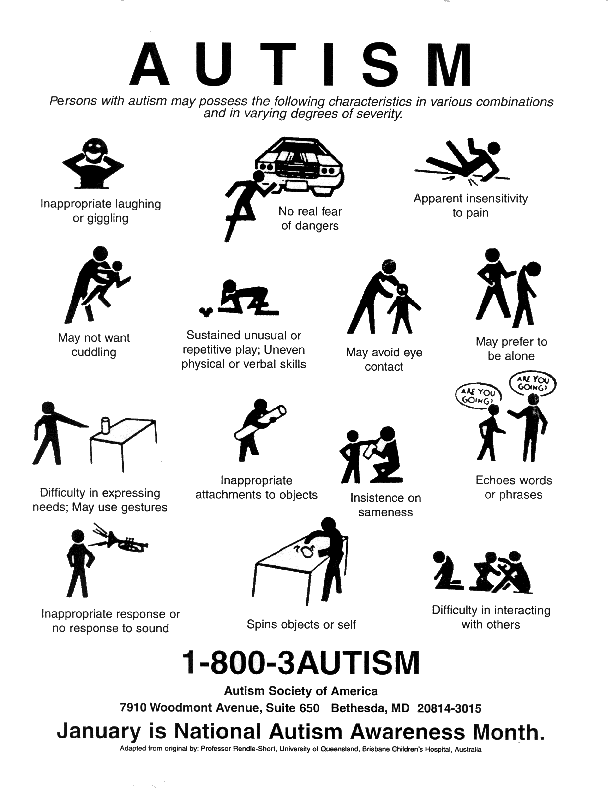 By K.J. WEBB Editor at Large
By K.J. WEBB Editor at Large
BALLERINA CHILD
As the holiday season approaches, it brings with it a beloved tradition that Tulsans have enjoyed for the past 40 years; Tulsa Ballet’s The Nutcracker. Running from Dec. 11 – 23 at Tulsa’s Performing Arts Center, this remarkable production will enchant young and old alike. The audience is drawn into a young girl’s heartwarming fantasy story filled with sugarplums, snowflakes, toy soldiers, adventure, heroism, and an epic battle between a Mouse King and the Nutcracker Prince. With magical choreography by Tulsa Ballet’s Artistic Director Marcello Angelini and Tchaikovsky’s musical masterpiece, it’s truly a mesmerizing holiday event that the whole family will enjoy and remember.
In addition to seeing The Nutcracker during the holiday season, many enjoy attending the ballet throughout the year. Ballet offers much more than year-round cultural entertainment and enjoyment. in fact, ballet with its wide range of dance movements can be used as a form of therapy for developmental delays, behavioral problems and autism. The Mayo Clinic describes autism as a group of serious developmental problems called autism spectrum disorders (ASD). The onset of autism generally occurs before the age of three. Though it varies in symptoms and severity, all autism disorders affect a child’s ability to communicate and interact with others.
Dance is therapeutic because it’s both a stimulating and calming activity, it’s an effective form of communication, and improves coordination and self-confidence.
New York-based Suzi Tortora, Ed.D, a certified movement analyst and dance therapist, utilizes dance therapy for children with autism, adhd, developmental delays and behavioral problems.
Through mirroring gestures and emotions, according to Tortora’s website, she uses the movement of dance to stay connected non-verbally to her autistic patients.
Additionally, Joanne Lara, M.A. Special Ed. Moderate/Severe & Multiple Disabilities, and adjunct professor at National University in the department of special education in Los Angeles, Cali. has developed an autism therapy program called Autism Movement Therapy (ATM), which incorporates music and the joy of movement to help autistic children develop skills and enjoy the fun and benefits offered by dance.
When asked what benefits ballet would have for autistic children Jennifer Sollars Miller, co-founder and resource director, The Autism Center of Tulsa, says, “The music would engage the children and I feel the movement and rhythm of ballet would have a calming effect. Many children with autism are highly anxious,” adding, “A class setting would provide an opportunity for the children to socialize doing something they enjoy.” Melinda Gable, director of marketing and PR, Tulsa Ballet, says, “Ballet offers so many benefits. It’s tremendous exercise, it develops coordination and rhythm, it builds confidence, it develops one’s musicality, and it’s fun.”
When one explores ballet, it’s easy to discover that it has something to offer for just about everyone; from bringing enjoyment during the holiday season with spectacular productions like The Nutcracker, to providing a way for autistic children to learn to engage, and experience the joy of music, movement and dance.for information about Tulsa Ballet visit tulsaballet.org.
Back to Top
READER COMMENTS
Back to Top
Contact GTR News